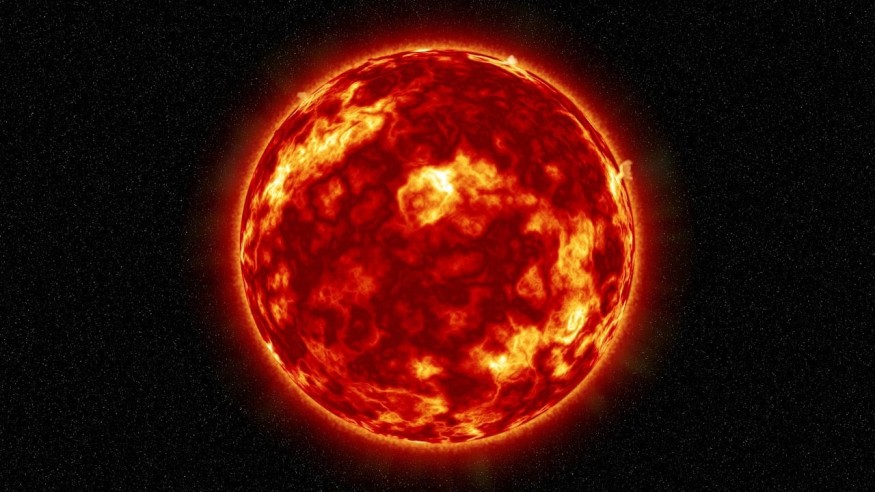A solar blast is possible to hit Earth on Friday, July 7, according to space weather authorities. With this a geomagnetic storm threat is possible later this week, causing potential disruption to radio frequencies and satellite communications, as well as signals. The typical occurrence of Aurora Borealis in the Northern Hemisphere is also possible in the coming hours and days.
The looming solar explosion occurred several days after a powerful solar flare exploded from a giant sunspot. The National Oceanic and Atmospheric Administration (NOAA) reported the sunspot released X-class solar flares hurling toward Earth. This resulted in the emission of shortwave radio blackouts over the Pacific Ocean area.
The latest activity of our Solar System's Sun is part of the current 'Solar Cycle 25' that is expected to intensify in the coming years. While succeeding solar blasts are not expected to be globally catastrophic, Earth has witnessed some of the strongest solar storms in less than 200 years. Still, an unprecedented and powerful solar storm capable of causing severe damage is still theoretically possible.
Solar Blast on July 7

The NOAA's Space Weather Prediction Center (SWPC) has issued a "Geomagnetic Storm Watch" this coming Friday, wherein G1 and G2 magnetic storm conditions are expected, according to the U.S. government agency's forecasters.
A G1 storm (minor) means Earth's power systems can be affected, resulting in potential weak power grid fluctuations. Meanwhile, a G2 storm (moderate) means it can also impact power systems at a heightened level, as well as spacecraft operations and other systems like radio frequencies, the SWPC says.
Geomagnetic Storm Threat
Geomagnetic storms are a result of the disturbance of Earth's magnetosphere. This occurs when there is a significant exchange of energy between solar wind and the space environment surrounding our planet, the NOAA explains. These storms are mainly caused by violent space weather conditions exhibited by our Solar System's only star.
Aside from solar flares, coronal mass ejections or CMEs, as well as high-speed solar winds, can also release highly-energized solar particles that can cause geomagnetic storms. These solar activities occur as a result of the Sun's dynamic magnetic field, according to the National Aeronautics and Space Administration (NASA).
Solar Cycle 25
In a press release in September 2020, NASA and NOAA scientists announced that the Solar Cycle 25 started its solar minimum in December 2019. This is part of an 11-year phase since extensive solar sunspot activity recording started in 1755. The current cycle is expected to continue until the year 2030.
If solar activities have their 'low seasons,' they can also have higher ones called solar maximum, a period where we can expect to observe more frequent and intensifying solar storms. Back in 1859, the world's worst recorded geomagnetic storm occurred in what is now known as the Carrington event, which caused sparks and fires in old telegraph stations in different parts of the world.
© 2025 NatureWorldNews.com All rights reserved. Do not reproduce without permission.





